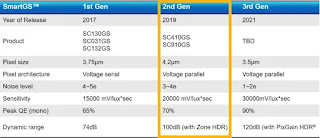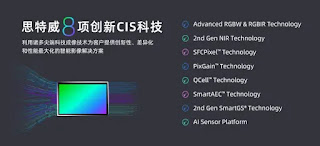Image Sensors World Go to the original article...
KoreaTimes: Samsung is facing the U.S. International Trade Commission's (USITC) investigation for allegedly infringing on image sensor patents held by Pictos Technologies. This is a fairly long story publicly presented in 2018 by Gil Amelio.
It's not clear what is the relation between the new Pictos and the old image sensor company under the same name that started as Rockwell spin-off and later acquired by ESS. Bloomberg reports that the new Pictos has been formerly known as Imperium IP.


























